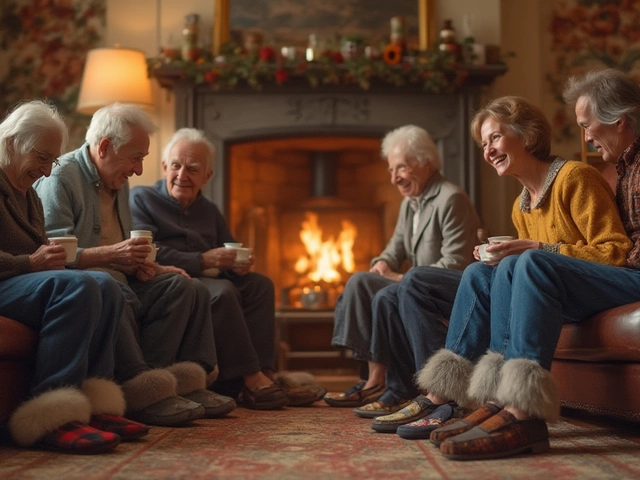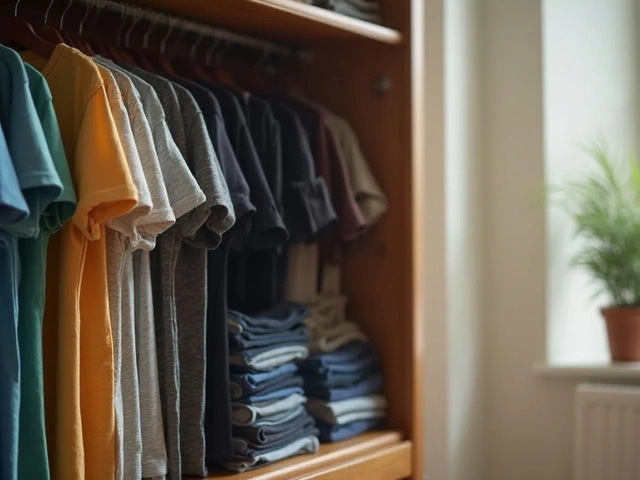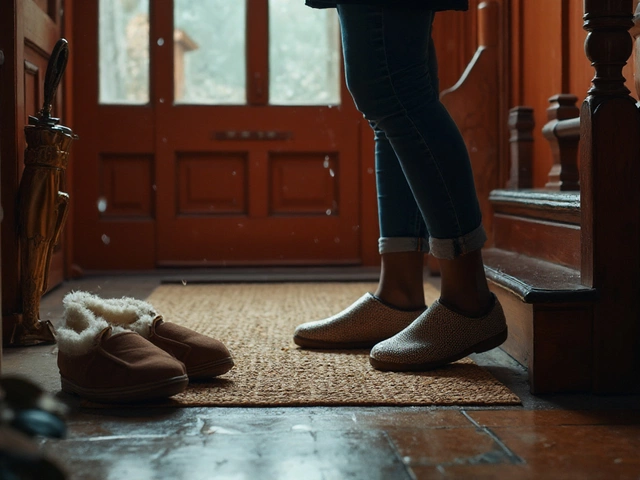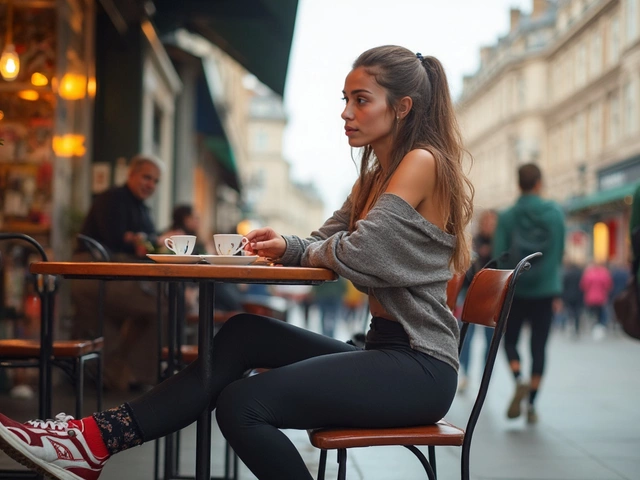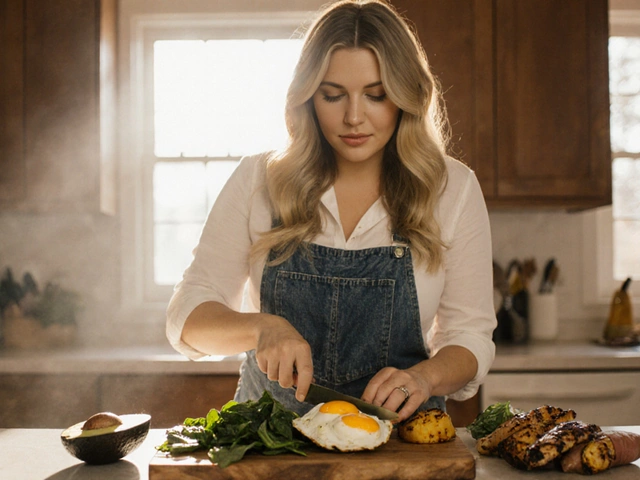Coat Guide – How to Pick, Fit and Care for Your Handmade Coat
Standing in front of the coat rack can feel overwhelming. Do you go for a snug, body‑hugging silhouette or something roomy enough for a sweater underneath? And how do you keep a handcrafted piece looking fresh season after season? This guide cuts the fluff and gives you straight‑forward answers so you can walk out feeling confident in a coat that actually works for you.
Fit Matters: Tight or Loose?
First off, the fit. A coat should let you move without fighting the fabric, but it also needs a shape that flatters. If you’re on the slimmer side, a slightly tapered cut adds structure without squeezing. If you’re bulkier or love layering, a looser cut lets you add a chunky knit or scarf without feeling cramped. Try the "arms‑up" test: lift your arms as if you’re reaching for a high shelf. You should have at least an inch of room in the armpit area. No rubbing, no pinching – just easy movement.
Caring for Your Handmade Coat
Handmade coats often use natural fibers like wool, cashmere or linen, which love a little extra TLC. Spot‑clean spills right away with a damp cloth; don’t rub, just blot. For full clean‑outs, check the label – many designers recommend a gentle hand wash in cold water or a professional dry clean. Once dry, reshape the shoulders and lay the coat flat to avoid stretching. A weekly brush with a soft clothes brush keeps lint and dust at bay and revives the nap of wool.
Storing the coat properly is just as important. Hang it on a wide, wooden hanger to keep the shoulders from slipping. If you’re not wearing it for a few months, tuck a breathable cotton bag over it – avoid plastic which traps moisture and can cause mildew.
When it comes to style, think about the occasion. A structured coat in a neutral shade pairs well with both office wear and weekend jeans. A softer, draped coat in a bold color or pattern makes a statement for evening outings. Mix and match with what you already own: a plain tee underneath for a relaxed look or a crisp shirt and tie for formal vibes.
Fabric choice also influences warmth and durability. Wool offers natural insulation and resists odor, while cashmere feels luxuriously soft but needs more careful handling. Linen coats are great for transitional weather – they breathe yet still give you that polished outer layer.
At Handmade Designs Elgin we work with local designers who hand‑craft each piece. That means you get a coat with unique details – hand‑stitched seams, custom buttons, or a one‑off dye lot. Because production runs are tiny, you’re less likely to see the same coat on the street, giving you a genuine style edge.
Ready to try one? Drop by our Elgin boutique, tell us your fit preferences, and let us match you with a coat that feels like it was made for you. Our team can also adjust the length or add extra lining if you need extra warmth. Walking out with a handmade coat isn’t just about looking good; it’s about supporting local craft and owning a piece that lasts for years.
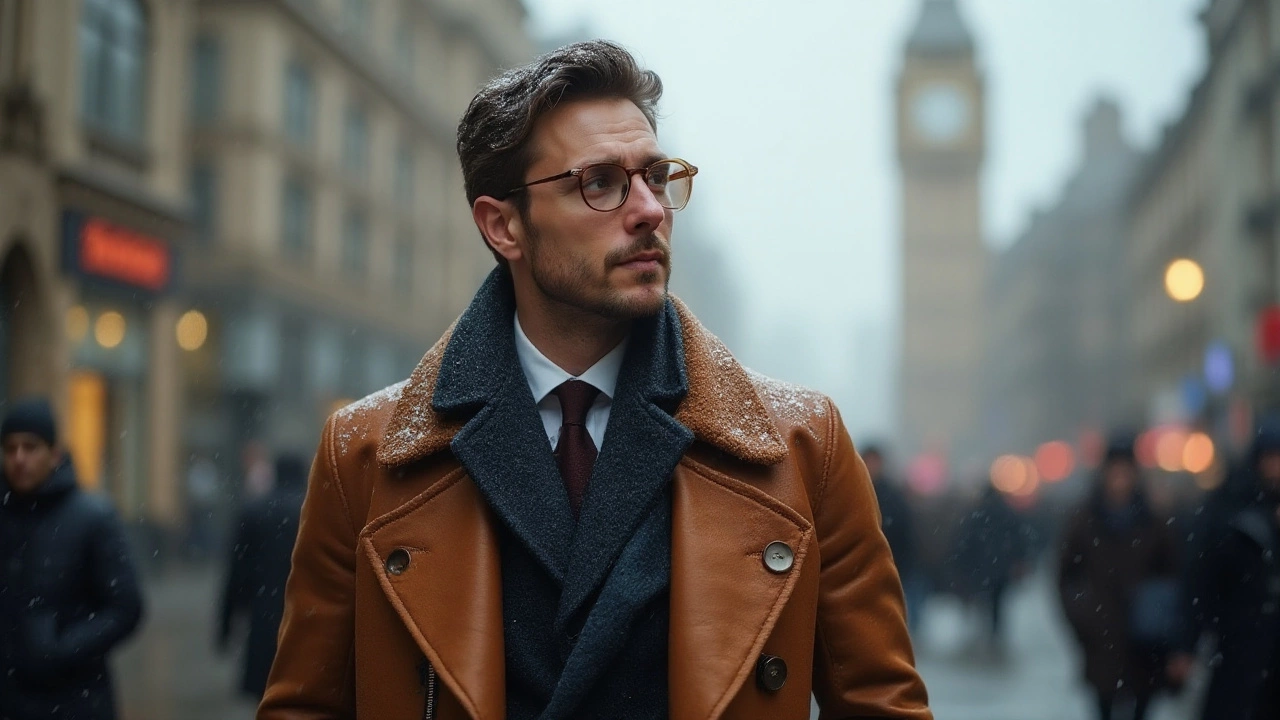
Layering Style Tips: Wearing a Coat Over a Jacket
Wearing a coat over a jacket is not only practical for cold weather but also offers a unique opportunity to showcase style and personality. This article explores the art of layering, from choosing the right combination to coordinating colors and textures. Whether dressing for a formal occasion or a casual day out, understanding the interplay between coats and jackets can elevate your fashion game. Discover how to effortlessly combine warmth and style in winter months.

Jacket vs. Coat: Which Keeps You Warmer?
When it comes to staying warm in colder months, people often wonder whether a jacket or a coat is the better choice. This article dives into the differences between jackets and coats, examining their design, insulation, and materials to determine which offers superior warmth. With tips on choosing the right one for your climate and lifestyle, you'll be better equipped to make an informed decision. Learn how layering and personal preferences also play a crucial role in keeping warm.
